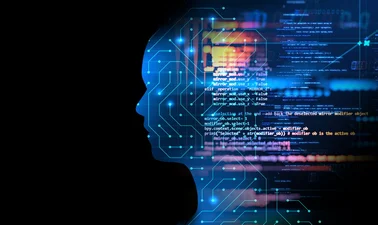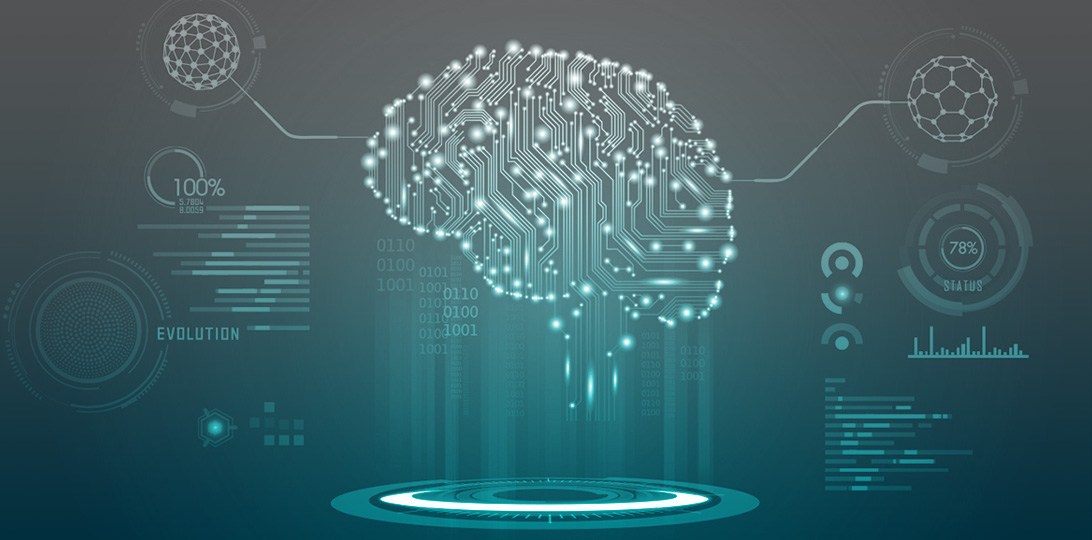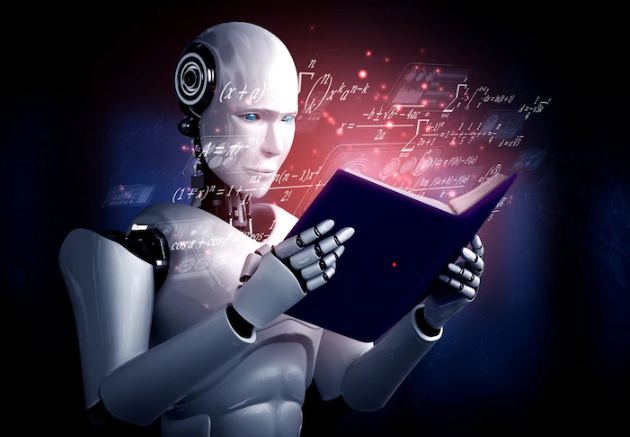Deep learning continues to push the boundaries of technology, making significant strides in diverse fields. Here’s an exploration of additional areas where deep learning is poised to make a transformative impact, along with future trends and innovations.
Deep Learning in Entertainment
- Content Creation and Curation:
- AI-Generated Content: Deep learning models are increasingly being used to create content, including articles, music, and even entire scripts for films and television. These models analyze existing content to generate new material that mimics the style and tone of human creators.
- Personalized Content Recommendations: Streaming platforms leverage AI to provide personalized recommendations based on viewing history, preferences, and behavioral data. This enhances user experience by offering content that aligns with individual tastes.
- Virtual Actors and Characters:
- Realistic Avatars: Deep learning is used to create lifelike digital avatars for virtual reality (VR) and augmented reality (AR) applications. These avatars can interact with users in real-time, providing immersive and engaging experiences.
- Character Animation: AI-driven animation tools generate realistic movements and expressions for digital characters. This technology enhances the quality of animation in films, games, and interactive media.
Deep Learning in Urban Planning
- Smart Cities:
- Urban Infrastructure Management: AI models analyze data from sensors and cameras to manage urban infrastructure, such as traffic lights, public transportation, and waste management systems. This improves the efficiency and sustainability of city operations.
- Predictive Maintenance: Deep learning helps in predicting maintenance needs for urban infrastructure, such as bridges, roads, and buildings. This allows for timely repairs and reduces the risk of infrastructure failure.
- Urban Simulation and Modeling:
- Traffic Simulation: AI models simulate traffic patterns and congestion to optimize traffic flow and reduce bottlenecks. This supports better urban planning and the design of efficient transportation systems.
- Urban Growth Modeling: Deep learning analyzes historical data and trends to predict urban growth and development. This helps city planners make informed decisions about land use, zoning, and resource allocation.
Deep Learning in Financial Services
- Algorithmic Trading:
- High-Frequency Trading (HFT): Deep learning algorithms execute high-frequency trades by analyzing market data and identifying profitable opportunities in real-time. This improves trading strategies and maximizes returns.
- Risk Management: AI models assess financial risks by analyzing market conditions, economic indicators, and historical data. This helps financial institutions manage risk and develop strategies for mitigating potential losses.
- Customer Insights and Analytics:
- Behavioral Analytics: Deep learning analyzes customer behavior to identify patterns and preferences. This information helps financial institutions tailor their products and services to meet customer needs and enhance engagement.
- Fraud Detection: AI systems detect fraudulent transactions and activities by analyzing patterns and anomalies in financial data. This improves the security and integrity of financial transactions.
Deep Learning in Robotics
- Autonomous Robots:
- Industrial Robots: Deep learning enhances the capabilities of industrial robots, enabling them to perform complex tasks such as assembly, welding, and quality control with high precision and efficiency.
- Service Robots: AI-powered service robots assist with tasks in various settings, including healthcare, hospitality, and customer service. These robots interact with humans, perform routine tasks, and provide assistance.
- Robotic Perception and Navigation:
- Object Recognition: Deep learning improves robotic perception by enabling robots to recognize and classify objects in their environment. This is crucial for tasks such as sorting, manipulation, and autonomous navigation.
- Path Planning: AI models assist robots in planning and optimizing their movements to navigate complex environments. This includes avoiding obstacles, selecting efficient paths, and adapting to dynamic conditions.
Deep Learning in Space Exploration
- Astronomical Data Analysis:
- Celestial Object Detection: Deep learning models analyze astronomical data to detect and classify celestial objects, such as stars, planets, and galaxies. This aids in the discovery of new astronomical phenomena and enhances our understanding of the universe.
- Image Analysis: AI systems process and analyze images from telescopes and space missions to identify patterns and features that may be of scientific interest. This includes detecting exoplanets and studying cosmic events.
- Space Mission Planning:
- Trajectory Optimization: Deep learning assists in planning spacecraft trajectories and optimizing mission parameters. This includes calculating optimal flight paths, fuel consumption, and maneuver strategies for space missions.
- Autonomous Spacecraft: AI enables spacecraft to operate autonomously, making real-time decisions and adjustments during missions. This enhances mission efficiency and reduces the need for constant human intervention.
Deep Learning in Language and Communication
- Natural Language Understanding (NLU):
- Contextual Understanding: AI models enhance natural language understanding by analyzing context and meaning in text. This includes improving language translation, sentiment analysis, and text comprehension.
- Conversational AI: Deep learning drives the development of conversational AI systems that can engage in meaningful and contextually relevant dialogues with users. This includes chatbots, virtual assistants, and customer support applications.
- Speech and Language Processing:
- Voice Synthesis: AI models generate human-like speech from text, enabling applications such as text-to-speech systems and virtual voice assistants. This technology improves accessibility and user interaction.
- Speech-to-Text: Deep learning enhances speech-to-text conversion by accurately transcribing spoken language into written text. This supports applications such as transcription services, voice commands, and accessibility tools.
Future Trends and Innovations
- Generative AI:
- Content Generation: Generative AI models create new content, including text, images, and music, based on patterns learned from existing data. This includes applications in creative industries, entertainment, and marketing.
- Synthetic Data: AI generates synthetic data for training and testing models, addressing challenges related to data scarcity and privacy. Synthetic data can be used to create realistic scenarios and enhance model performance.
- Ethical AI Development:
- Fairness and Bias Mitigation: Deep learning research focuses on addressing issues of fairness and bias in AI systems. This includes developing methods to detect and mitigate biases in training data and model outputs.
- Explainable AI: Efforts are underway to make AI systems more transparent and interpretable. Explainable AI provides insights into how models make decisions, enhancing trust and accountability in AI applications.
- AI Integration and Interoperability:
- Cross-Domain Applications: Deep learning models are increasingly integrated across different domains, enabling interdisciplinary applications and solutions. This includes combining AI with fields such as robotics, healthcare, and environmental science.
- AI Standards and Frameworks: The development of standards and frameworks for AI integration ensures compatibility and interoperability between different systems and platforms. This supports seamless deployment and collaboration across industries.
Conclusion
Deep learning is a dynamic and transformative technology with far-reaching implications across various domains. From entertainment and urban planning to robotics and space exploration, deep learning is driving innovation and creating new opportunities.
As the technology continues to evolve, addressing ethical considerations, ensuring transparency, and promoting responsible development will be essential for maximizing the benefits of deep learning and ensuring its positive impact on society.



